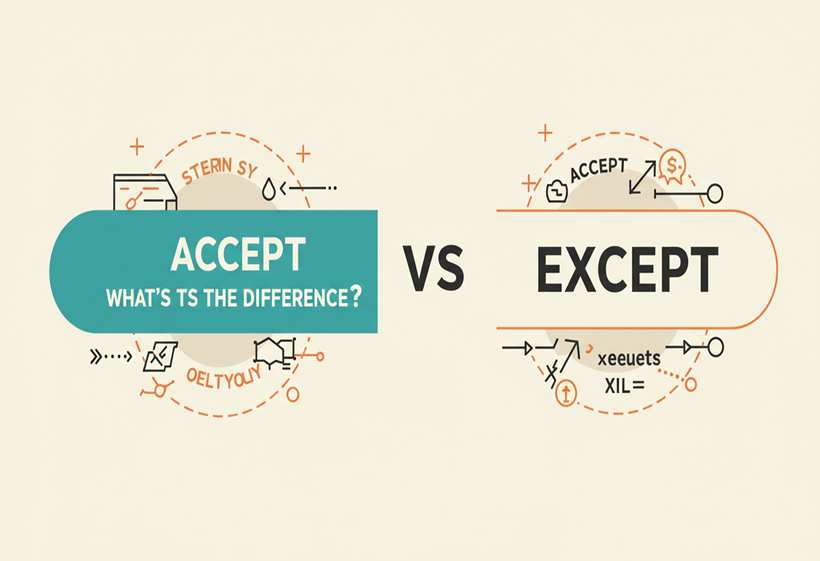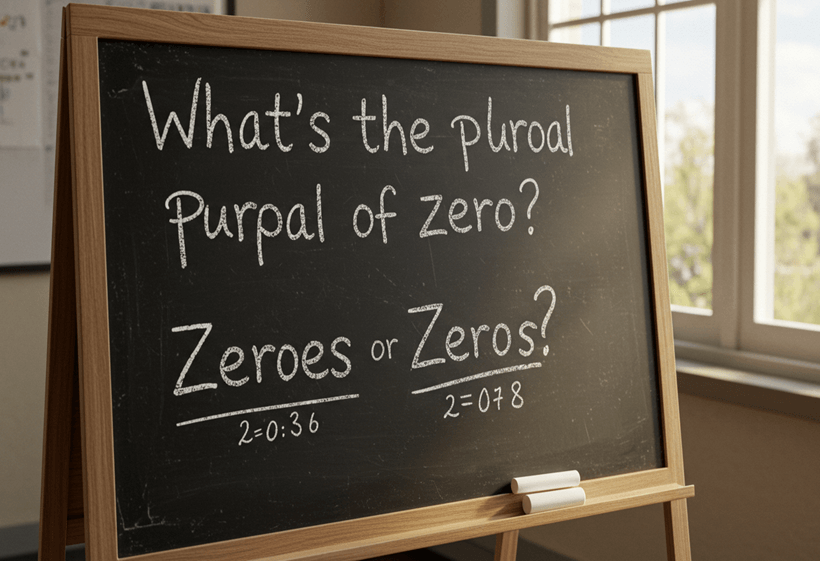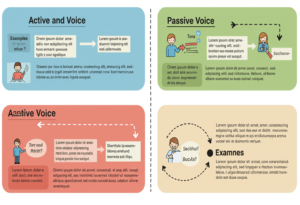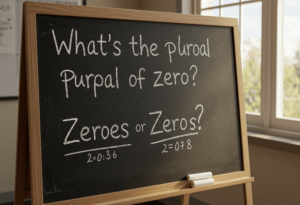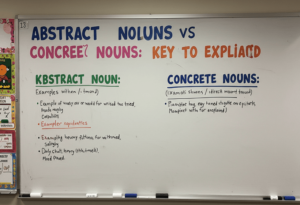Active vs Passive Voice Explained (With Examples)
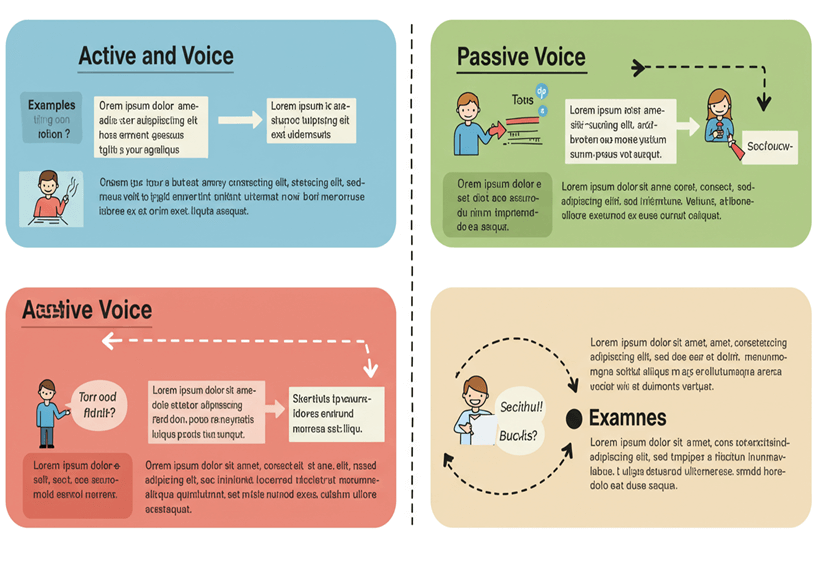
Active voice makes sentences clear and direct, while passive voice shifts focus to the object of action. Active voice is preferred in most cases for stronger writing, but passive voice is useful when the action is more important than the subject.
Active vs Passive Voice
| Feature | Active Voice | Passive Voice |
|---|---|---|
| Definition | Subject performs the action | Object receives the action |
| Sentence Structure | Subject + Verb + Object | Object + Form of “to be” + Past Participle + (optional) Subject |
| Clarity | More direct and engaging | Can sound vague or indirect |
| Usage | Common in most writing | Used in formal, scientific, or unknown-subject cases |
| Example | “The chef cooked the meal.” | “The meal was cooked by the chef.” |
Understanding Active & Passive Voice
Active Voice: The Preferred Choice
Active voice is commonly used because it emphasizes the subject and keeps sentences concise. Writers in journalism, business, and creative writing favor it for clarity and impact.
-
Example: “The scientist discovered a new element.”
-
Why? The subject (scientist) is performing the action, making it clear who did what.
Passive Voice: When to Use It
Passive voice is useful when the subject is unknown, unimportant, or when the focus should be on the action. It is often found in scientific writing, formal reports, and legal documents.
-
Example: “A new element was discovered.”
-
Why? The focus is on the element rather than who discovered it.
Common Mistakes with Passive Voice
Many writers overuse passive voice, making sentences wordy and unclear. It can also make writing seem weak or overly formal.
-
Poor Example: “Mistakes were made in the project.” (Who made them?)
-
Better Example: “The manager made mistakes in the project.” (Clarifies responsibility.)
Examples in Different Writing Styles
-
Formal Writing:
-
Active: “The researchers conducted the experiment.”
-
Passive: “The experiment was conducted by the researchers.”
-
-
Creative Writing:
-
Active: “The hero saved the town.”
-
Passive: “The town was saved by the hero.”
-
-
Business Communication:
-
Active: “Our company launched a new product.”
-
Passive: “A new product was launched by our company.”
-
-
Academic Writing:
-
Active: “Scholars analyzed the data.”
-
Passive: “The data was analyzed by scholars.”
-
-
Casual Conversation:
-
Active: “John finished the project on time.”
-
Passive: “The project was finished on time by John.”
-
Memory Trick to Remember the Difference
A simple way to differentiate between active and passive voice is:
-
Active: Who is doing what? (Clear and direct)
-
Passive: What is happening? (More indirect)
Try this test: If you can add “by zombies” at the end of a sentence and it still makes sense, it’s passive!
-
Active: “The cat chased the mouse.” (Does not work)
-
Passive: “The mouse was chased by zombies.” (Works, so it’s passive!)
Grammar Rules & Style Guide Preferences
| Style Guide | Preference |
|---|---|
| AP Stylebook | Favors active voice for clarity, except in legal or scientific contexts. |
| Oxford Dictionary | Suggests active voice for most writing but acknowledges passive voice in formal cases. |
| Chicago Manual of Style | Recommends active voice but allows passive in scholarly writing. |
| MLA Style | Prefers active voice but accepts passive when the actor is unknown. |
When Passive Voice is Acceptable
-
Science & Research: “The samples were tested for contamination.”
-
Legal Documents: “The contract was signed on March 5th.”
-
Unknown Subject: “A decision was made to delay the project.”
Key Takeaways: When to Use Each Form
-
Use active voice for clarity, directness, and engagement.
-
Use passive voice when the subject is unknown, unimportant, or when formality is required.
-
Avoid overusing passive voice to keep writing strong and concise.
Mastering active and passive voice improves writing quality, making communication clearer and more effective.

